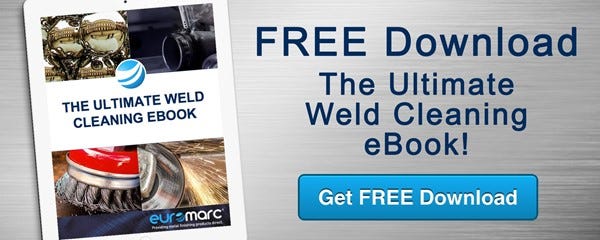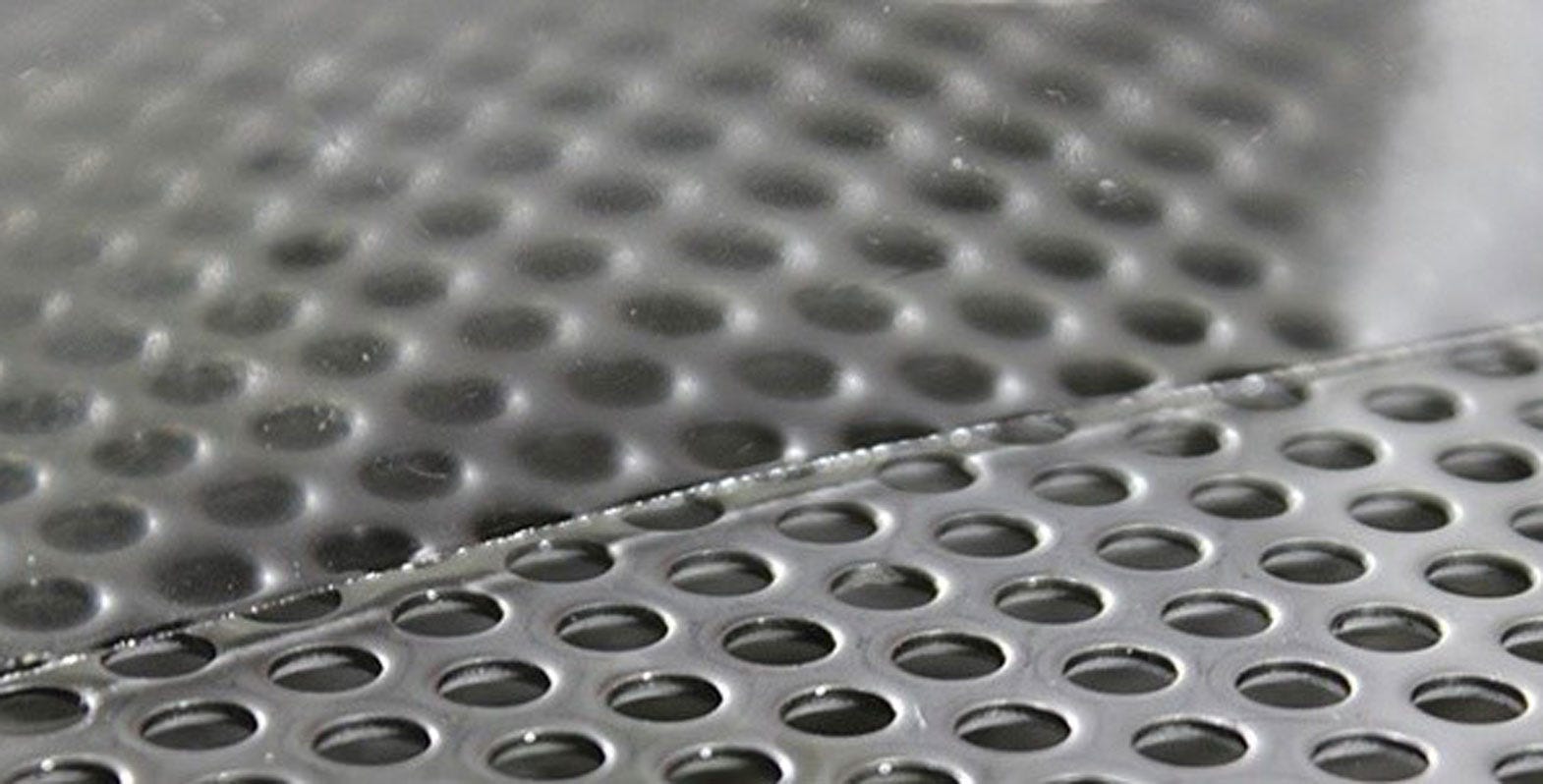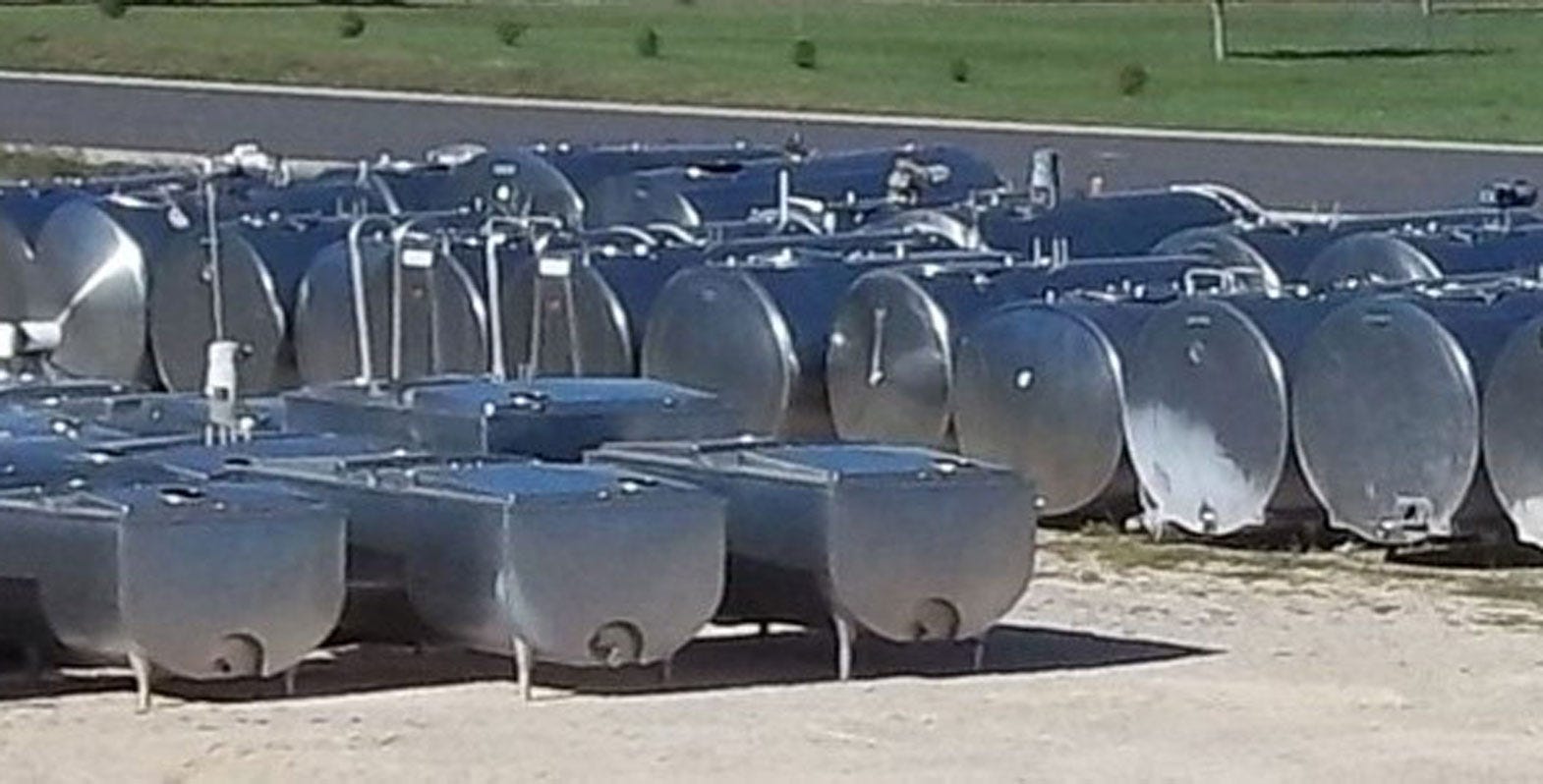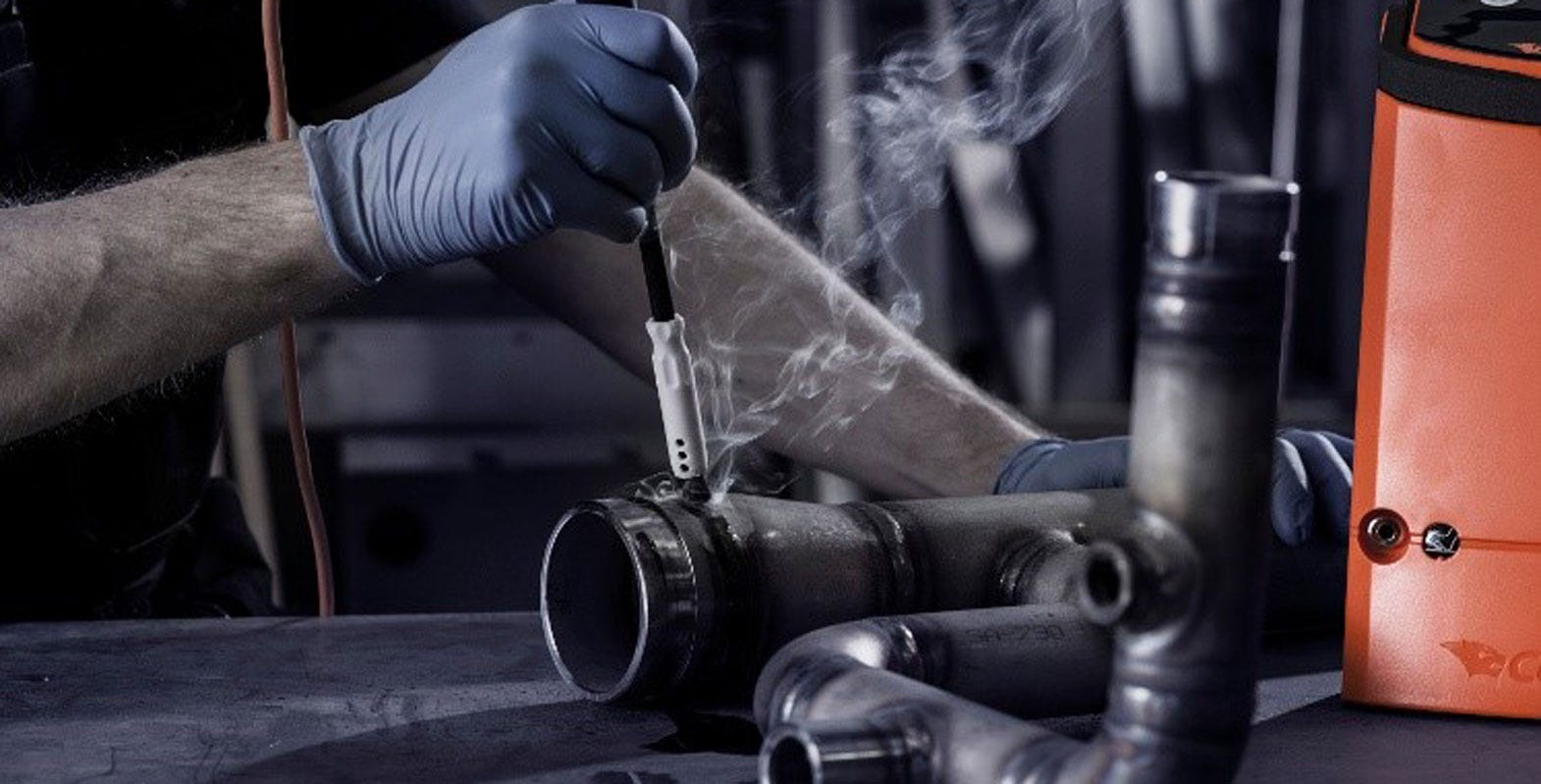How to solve the biggest problems with pickling paste
If you're a fabricator of stainless steel, chances are you've experienced the problems associated with using pickling paste for cleaning stainless steel welds. Recognised as a hazardous substance, the dangers of pickling paste are well known to cause severe injuries including skin burns, breathing difficulties, sore throat and poisoning. We'll help you solve the biggest issues with pickling paste by discussing alternatives to pickling paste, and providing a handy pickling paste safety checklist for if you must use pickling paste in your workshop.
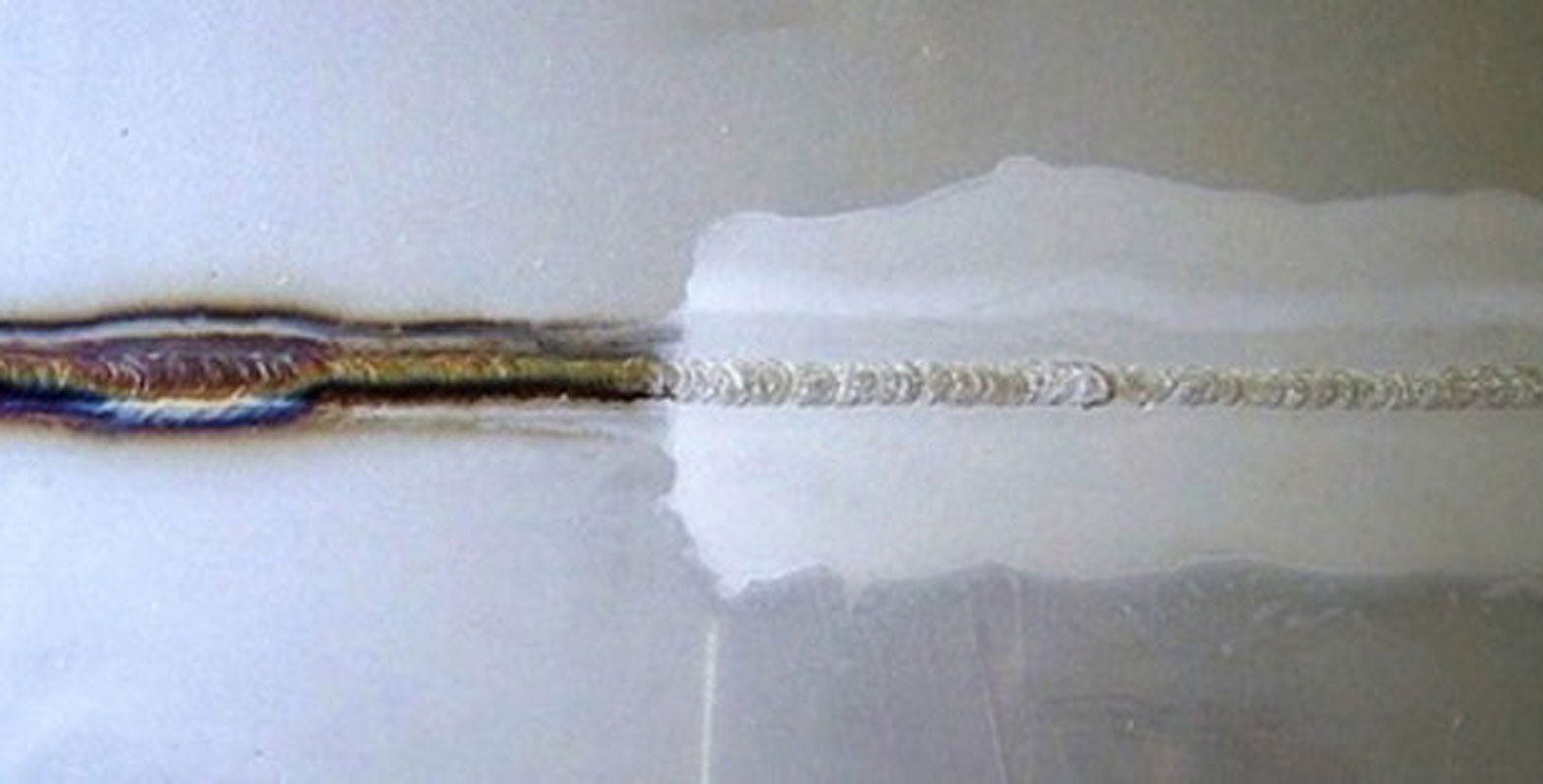
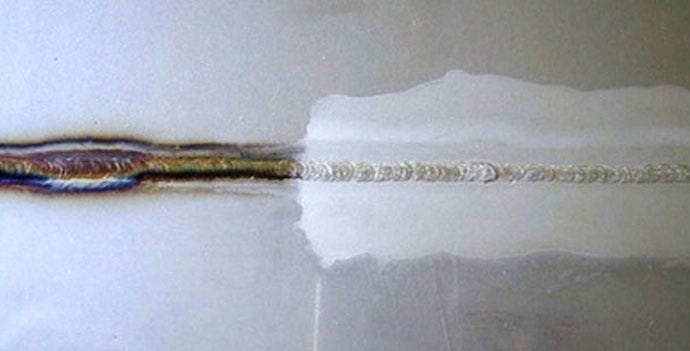
The biggest issue with pickling paste
The biggest issue with stainless steel pickling paste is the risk to health and safety. Pickling pastes are made up of a combination of hydrofluoric and nitric acid which are considerded dangerous when used incorrectly. Hazards identified with pickling paste include:
- Contact with skin and eyes may cause severe damage without rapid first aid.
- Inhalation of spray may cause irritation and severe damage to the respiratory tract.
- Ingestion will lead to damage of the GI tract and is toxic if swallowed.
Unfortunately due to the often infrequent use of pickling paste, these hazards can be overlooked by employers when assessing workplace health and safety assessments. Read how to keep up with worksafe with pickling paste here.
The first step in resolving issues caused by pickling paste is to see if an alternative can be used to clean your stainless steel welds.
Alternatives to pickling paste
There's no doubt pickling paste does a great job of cleaning welds, however the health and safety cost is high. The good news is, there are other options for finishing stainless steel after welding. Depending on the job at hand, mechanical or electrochemical weld cleaning can be safer alternatives to pickling paste and perform just as well, if not better!
Mechanical weld cleaning
Mechanical weld cleaning involves the use of abrasives to blast, brush, grind or buff/polish away imperfections in the stainless steel welds. As this method of weld cleaning does not involve the use of dangerous chemicals, it provides a much safer alternative to pickling paste.
Sanding and polishing are great if you are wanting to clean back the weld and blend it in to the work surface, however if you don't need to remove the weld, the mechanical cleaning can take more time and effort to get the job done. Further, after removing the top surface of the stainless steel it can take a couple of days to re-passivate itself.
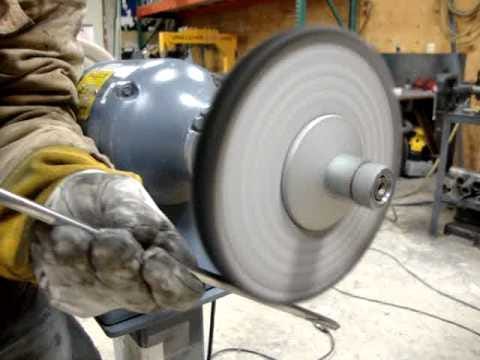

When using mechanical cleaning it's important to ensure all discolouration of the stainless steel is removed, or that the surface is finished to a higher finish. If discolouration is not removed, and/or the surface is not finished to a high standard, contamination could form later on, or the product may not hold up to the standard required for jobs involving a high purity process such as pharmaceutical and food process equipment.
When should I use mechanical weld cleaning?
- Blasting - Sand and grit blasting are used to remove high-temperature oxides and iron contamination. This will change the look to a satin finish for the steel around the weld. The sand or grit must be perfectly clean to prevent contamination during blasting. If contaminants like dirt or iron particles are embedded these can cause rust discolorations on the stainless steel.
- Brushing - Brushing is used to remove superficial heat tint, surface contamination, and dirt. Stainless steel or nylon brushes mostly provide a satisfactory result. Brushing will not cause any serious roughening of the surface, and does not remove any chromium-depleted layer beneath the oxide, however a residual surface oxide can be left behind which is not visible to the naked eye, although it can nevertheless impair corrosion resistance.
- Grinding and polishing - This is best if you are wanting to clean back the weld and blend it in to the work surface. Coarser-grit grinding will remove the deep defects such as weld undercut and deep scratches. Working your way through the grits will give you a finer smooth finish. If surface requirements are very exacting, polishing may be necessary. It's important to ensure the grinding wheel or belt is either new or has only previously been used on stainless steel to prevent further contamination of the surface. If the surface temperature gets too high while grinding a yellow oxide layer can form. If coarse grinding is required, this should be followed by grinding with successively finer grit to smooth the surface.
In some instances mechanical cleaning is used to first clean the weld, and can be followed by chemical weld cleaning to obtain a higher quality finish. Chemical cleaning may also be necessary to access welds which are inaccessible using mechanical methods.
Mechanical weld cleaning
Electrochemical weld cleaning is an alternative chemical cleaning method to pickling paste which has been proven to produce a better result than pickling paste. Most electrochemical cleaning systems will apply an electric current coupled with a mild electrolyte to the stainless steel surface in order to cause the preferential dissolving of surface rust, iron contaminations and various other forms of impurities. As a result, the stainless steel is left surgically clean.
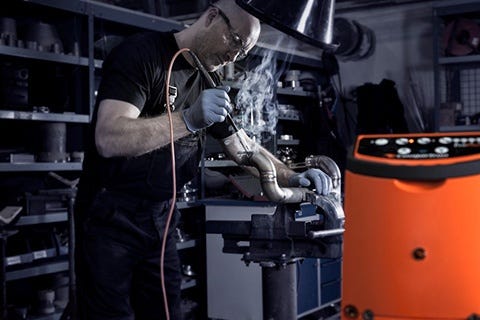

Studies have proven that electrochemical cleaning stainless steel is able to provide the same if not better results than picking paste when cleaning welds. Where pickling paste is able to restore the natural corrosion resistance of stainless steel post welding, electrochemical cleaning is able to restore and enhance the corrosion resistance. On top of this, the mild chemicals used in electrochemical cleaning provide no significant health hazards, providing a safer work environment.
Do all electrochemical cleaning systems have the same results?
The performance of electrochemical systems will depend on your usage requirements and the specifications of the system you choose. As with any equipment you purchase, it is an investment, and you want a system that is going to be most effective for your needs. When choosing a system for your business keep the following in mind:
- How often do you need to clean welds? If you are using the system all the time, invest in equipment that is guaranteed to last the distance and improve productivity.
- Do you need to clean in hard to reach spaces? If so, make sure the machine you choose includes a brush that will allow you to do this. That way you can get rid of pickling paste once and for all!
Some older, or cheaper electrochemical cleaning models lacked features and power that make modern machine's performance superior to pickling paste. So if you are considering investing in an electrochemical cleaning machine, do your research, or even ask for a trial to make sure it will work for your needs.
If an alternative to pickling paste is not practical for your workshop, below is a safety checklist to ensure your workplace is protected:
Pickling Paste Safety Checklist


All staff are equipped with adequate PPE


All staff are trained in the handling requirements of pickling paste


All staff are trained in first aid/emergency procedures for dangerous substances


Regular assessments of correct procedures are performed


Pickling paste usage is isolated where practicable


Workshop is adequately ventilated


Pickling paste is stored as per recommendations in the MSD sheet


Wash room is provided for staff


Lunch room is provided away from the handling of pickling paste
Summary
The biggest issue with pickling paste is it's ability to cause serious harm if used incorrectly. The easiest ways to overcome issues with pickling paste are to either use an alternative method of weld cleaning, or ensure appropriate measures are taken to protect the health and safety of your staff.
Key points
- Mechanical cleaning is beneficial where high quality finish is not required.
- Electrochemical cleaning can be safer and produce better results than pickling paste.
- Be careful to choose an electrochemical cleaning system that suits the requirements of your business.
- When pickling paste is unable to be avoided, ensure all the points highlighted in our checklist are covered, and work with Worksafe to keep your staff safe, and workshop hazard free.
 Need assistance?
Need assistance?
